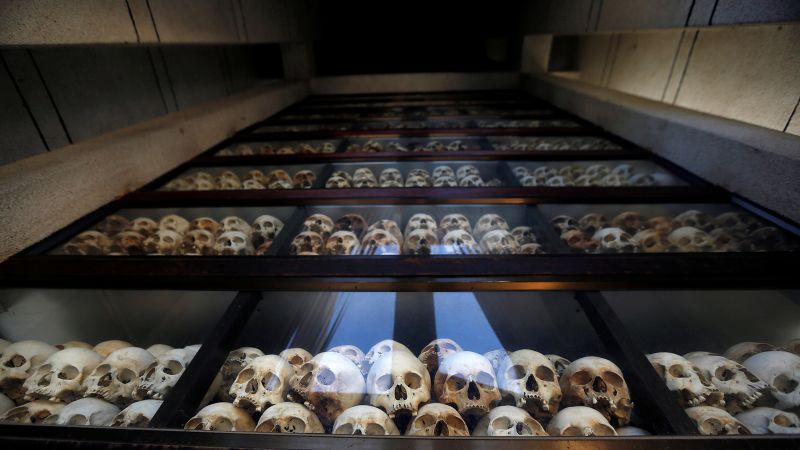
Phnom Penh, Cambodia — In a significant recognition of Cambodia’s tumultuous history, three sites once used by the Khmer Rouge regime for torture and executions have been added to UNESCO’s World Heritage List. This decision was made during the 47th Session of the World Heritage Committee held in Paris, coinciding with the 50th anniversary of the Khmer Rouge’s rise to power.
The Khmer Rouge, a communist regime that controlled Cambodia from 1975 to 1979, is infamous for causing the deaths of an estimated 1.7 million Cambodians through starvation, torture, and mass executions. The inclusion of these sites on the World Heritage List underscores their importance to humanity, joining the ranks of iconic locations such as the Great Wall of China and the Pyramids of Giza.
Sites of Historical Significance
The three newly inscribed sites include two notorious prisons and an execution site that has been immortalized in film. The Tuol Sleng Genocide Museum, located in Phnom Penh, was once a high school repurposed by the Khmer Rouge as the S-21 prison. Here, approximately 15,000 people were imprisoned and tortured. The M-13 prison, situated in Kampong Chhnang province, was another key detention center during the regime’s early years.
Choeung Ek, located about 15 kilometers south of Phnom Penh, served as an execution site and mass grave. The atrocities committed here were depicted in the 1984 film “The Killing Fields,” which chronicled the harrowing experiences of New York Times photojournalist Dith Pran and correspondent Sydney Schanberg.
Historical Context and Legacy
The Khmer Rouge’s brutal regime began on April 17, 1975, when they captured Phnom Penh and forcibly evacuated its residents to the countryside. The regime’s downfall came in 1979, following an invasion by neighboring Vietnam. Despite the passage of decades, the legacy of this dark period continues to resonate in Cambodia.
In September 2022, the UN-backed Extraordinary Chambers in the Courts of Cambodia, commonly known as the Khmer Rouge tribunal, concluded its work. Over 16 years, the tribunal cost $337 million but resulted in the conviction of only three Khmer Rouge leaders.
National and International Reactions
Cambodian Prime Minister Hun Manet marked the UNESCO listing with a call for a nationwide drumbeat on Sunday morning, symbolizing a collective remembrance. “May this inscription serve as a lasting reminder that peace must always be defended,” he stated in a video message. “From the darkest chapters of history, we can draw strength to build a better future for humanity.”
Youk Chhang, executive director of the Documentation Center of Cambodia, emphasized the educational value of the UNESCO recognition. “Though they were the landscape of violence, they too will and can contribute to heal the wounds inflicted during that era that have yet to heal,” he remarked.
Implications for Future Generations
The inclusion of these sites as UNESCO World Heritage Sites is a first for Cambodia in terms of modern and non-classical archaeological sites, according to the Ministry of Culture and Fine Arts. This move is also among the first globally to recognize sites associated with recent conflict.
Previously, Cambodia has had four archaeological sites inscribed on the UNESCO list, including the renowned Angkor complex. The new inscriptions are expected to play a crucial role in educating younger generations about the atrocities of the Khmer Rouge era, both within Cambodia and internationally.
“The recognition of these sites is not just about remembering the past, but also about ensuring that future generations understand the importance of peace and reconciliation,” said a spokesperson from the Ministry of Culture and Fine Arts.
As Cambodia continues to grapple with the legacies of its past, the UNESCO designation serves as a poignant reminder of the resilience and enduring spirit of its people.







